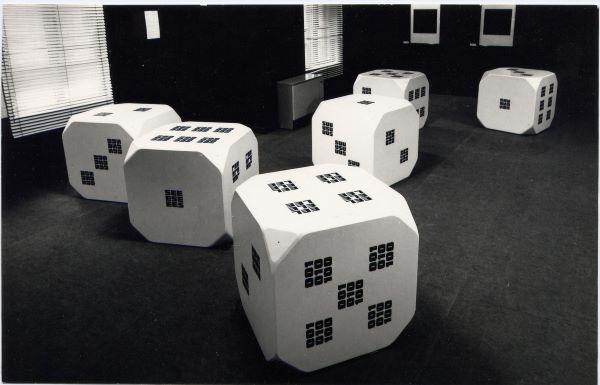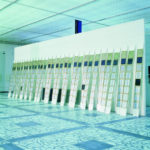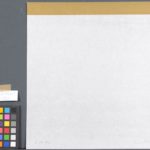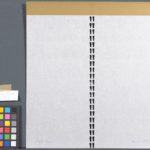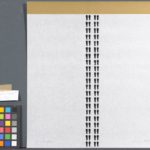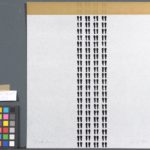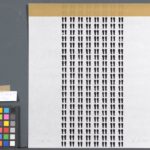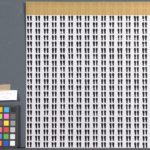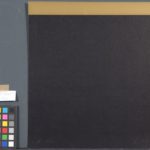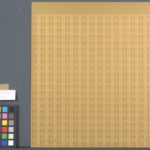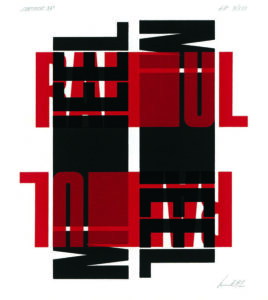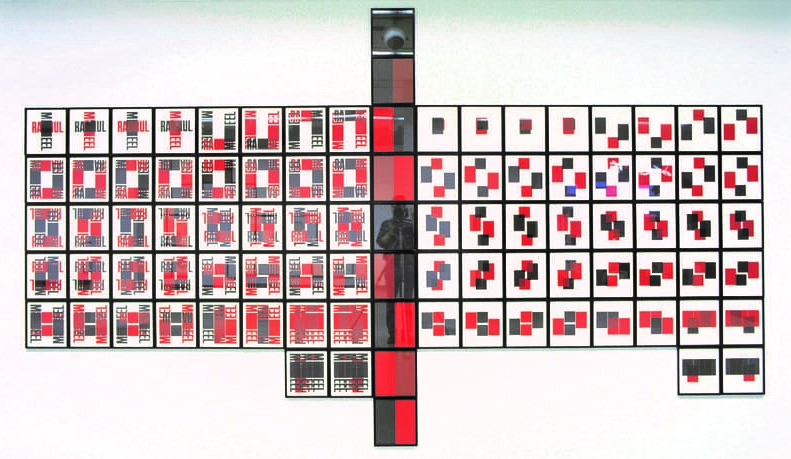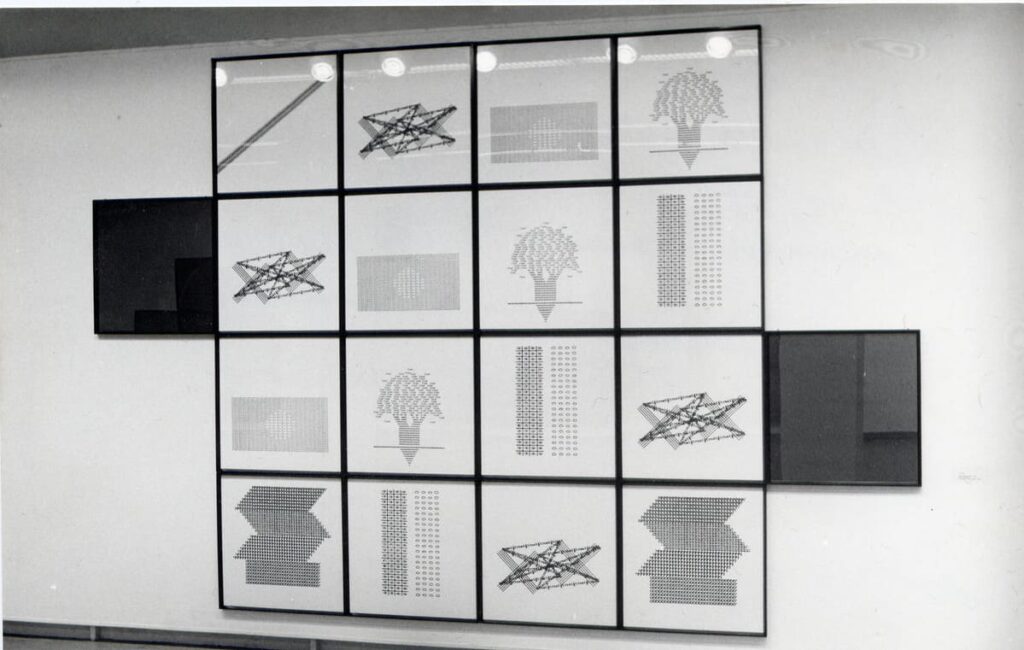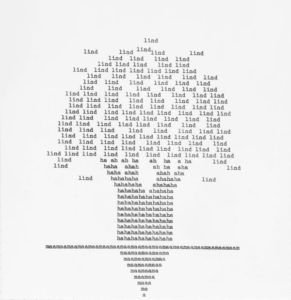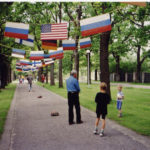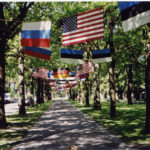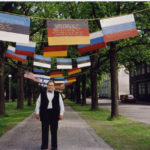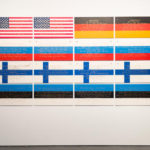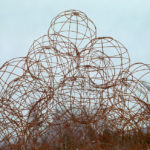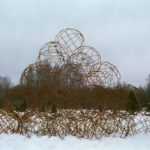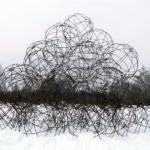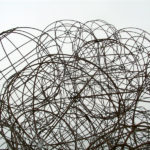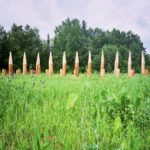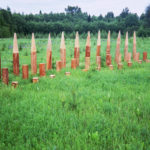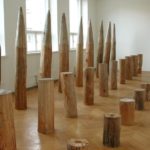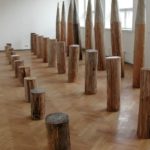Raul Meel, Dice, 1969, 1994, 2014, installation, 6 poems-sculptures.
“„Dice 1–6” is an author’s copy made in 1994 of the original work of 1969. At the first showing, the public was allowed to roll the die. In that sense, “Dice” represented an “open artwork”…
In 1994 Meel made six copies of the original Dice. Inside the dice he installed bells made of an alloy of silver cast in the last century, so that their ringing produced a melody. The melody was arranged by Aile Asszonyi.
Onomatopoetic words on the dice sides had an erotic background.”
Raivo Kelomees, exhibition “Raul Meel. Dialogues with Infinity” labels and introductory texts (2014)
Meel’s texts on the dice:
S E E A I H S U U E E L 0 0 1 U D I
E S E I H A U S U E L E 0 1 0 U I D
E E S H A I U U S L E E 1 0 0 I D U


